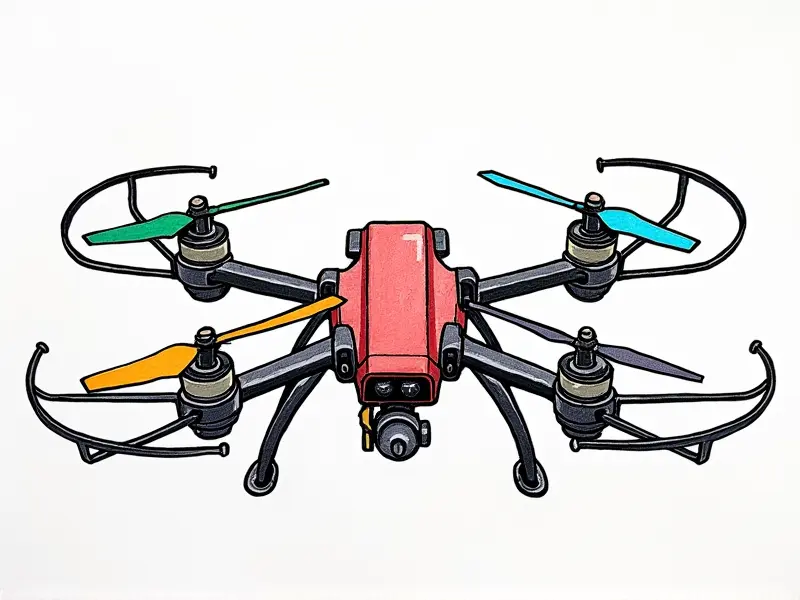Li-Po battery basics explained

Everything You Need to Know About LiPo Batteries
Lithium Polymer (LiPo) batteries are a popular choice for powering RC models, drones, and other high-performance devices due to their lightweight nature and high energy density. Understanding the basics of LiPo batteries is crucial for anyone looking to maximize performance while ensuring safety.
Mastering LiPo Batteries for RC Models
For enthusiasts of remote-controlled (RC) models, mastering LiPo battery technology can significantly enhance your hobby experience. This section will cover essential aspects such as selecting the right capacity and voltage for your specific model to ensure optimal performance.
Beginner's Guide to LiPo Battery Care
Maintaining a LiPo battery properly is vital not only for extending its lifespan but also for ensuring safety. Learn about charging, discharging, storage, and handling techniques that are critical for beginners.
Understanding Voltage and Capacity in LiPo Batteries
The voltage (V) and capacity (mAh) of a LiPo battery determine its power output and runtime. This section explains how to read these specifications and what they mean for your device's performance.
Voltage Explained
- Cells in series (S): Voltage increases with the number of cells connected in series.
- Cells in parallel (P): Capacity increases while voltage remains constant when cells are connected in parallel.
Capacity Defined
The capacity of a LiPo battery is measured in milliamp hours (mAh) and indicates how much charge the battery can store. Higher mAh ratings mean longer runtime for your device.
How to Choose the Right LiPo Battery
Selecting the appropriate LiPo battery involves considering factors such as cell count, capacity, discharge rate, and connector type. This section provides guidance on making informed choices based on your specific needs.
Cell Count (S)
- More cells in series provide higher voltage but may reduce runtime.
Capacity (mAh)
- A higher mAh rating offers longer runtime but can increase weight and cost.
Tips for Extending LiPo Battery Life
Maintaining a healthy battery cycle is crucial. This section covers best practices such as proper charging techniques, avoiding over-discharge, and storing batteries at optimal temperatures to prolong their lifespan.
Charging Tips
- Use a balanced charger to ensure each cell charges evenly.
- Avoid overcharging or undercharging the battery.
Storage Advice
Store LiPo batteries at room temperature and charge them to 3.8V per cell for long-term storage.
Safety First: Proper Handling of LiPo Batteries
Lithium Polymer batteries can be dangerous if not handled correctly. This section covers safety guidelines, including how to deal with swelling or overheating batteries and the importance of using fireproof bags during transport.
Handling Swollen Batteries
- Avoid puncturing swollen batteries as they may ignite.
- Contact a professional for disposal if you suspect a battery is compromised.
Advanced Techniques for Optimizing LiPo Performance
For those looking to squeeze every last bit of performance out of their LiPo batteries, this section delves into advanced topics such as cell balancing and using telemetry systems to monitor battery health in real-time.
Cell Balancing
- Regularly balance charge your batteries to ensure even wear across all cells.
Common LiPo Battery Myths Debunked
This section addresses common misconceptions about LiPo batteries, such as the belief that discharging a battery completely is necessary for longevity or that higher discharge rates always mean better performance.
Myth: Discharge to Zero Voltage
- Discharging a LiPo battery below 3.0V per cell can damage it irreparably.
Myth: Higher C-Rates Always Mean Better Performance
- A higher discharge rate is not always beneficial and may lead to reduced lifespan or overheating issues.
Understanding C-Rates and Capacity in LiPo Batteries
The C-rate of a battery indicates its maximum safe discharge current. This section explains how to interpret C-rates and their relationship with capacity, helping you choose the right battery for your application.
C-Rate Definition
- A 20C rating means the battery can safely deliver 20 times its rated capacity in amps.
Maximizing Flight Time with Proper LiPo Battery Use
To get the most out of your LiPo batteries, it's essential to understand how to use them efficiently. This section provides tips on optimizing flight time and ensuring consistent performance throughout each charge cycle.
Fuel Gauges and Telemetry Systems
- Use telemetry systems to monitor battery voltage and capacity in real-time during operation.
In conclusion, mastering the intricacies of LiPo batteries is key to achieving optimal performance and safety. By understanding the basics, caring for your batteries properly, and utilizing advanced techniques, you can extend their lifespan and enjoy a more fulfilling hobby experience.

